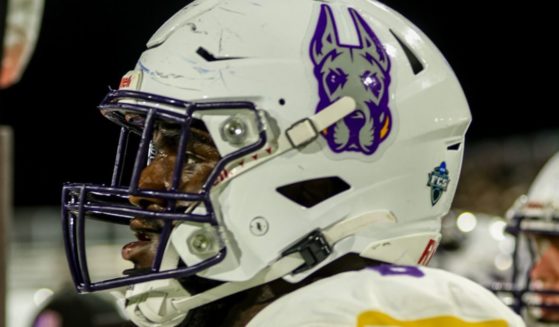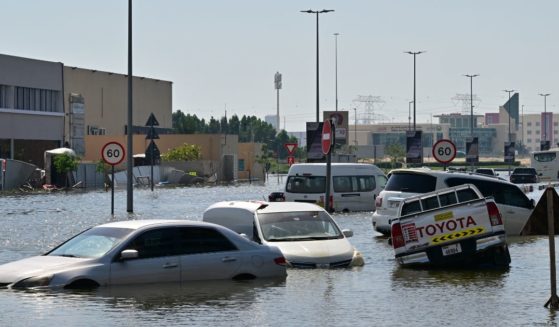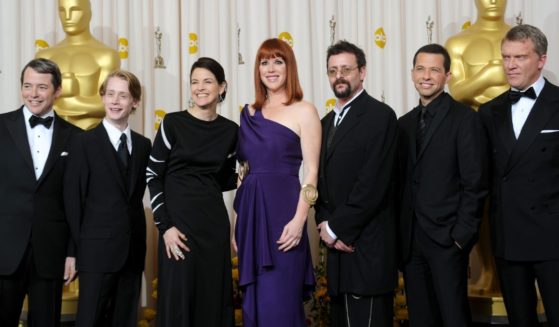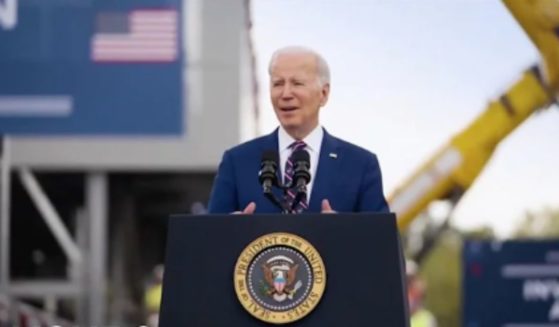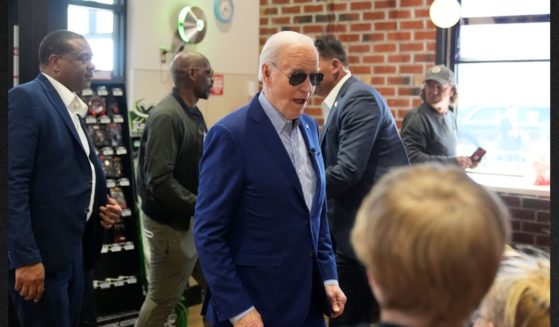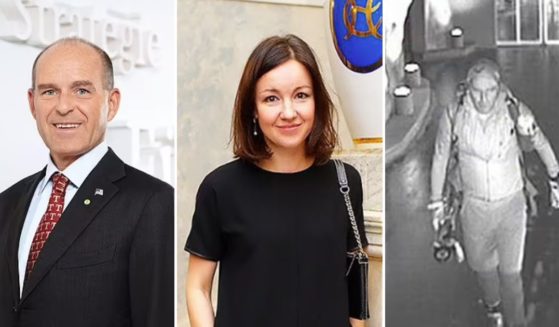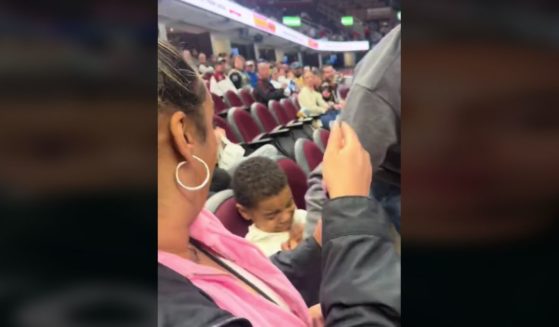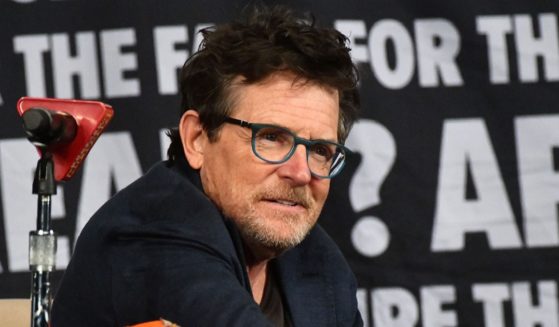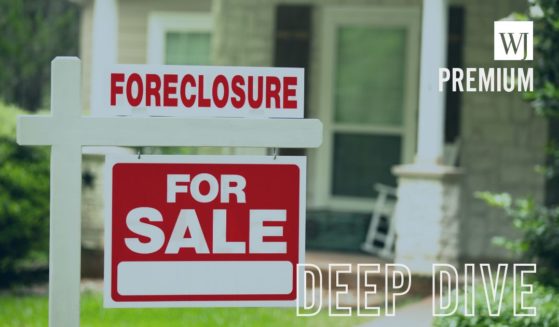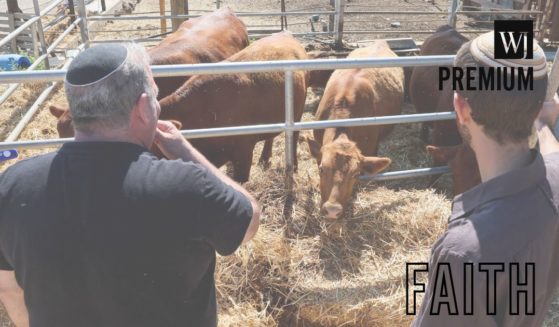Get the latest news delivered right to your email.
2024 Election
Top Stories
Advertisement
NFL Prospect Dies Just Days Before League's Draft
"If love could have saved him, he would have lived forever," the family said of AJ Simon, who died unexpectedly this week.
By Johnathan Jones
April 19, 2024
Comment
MoreShare
Shocking: Historic Rainfall Occurs in Dubai - Was It Self-Inflicted?
Dubai has faced massive rainfall and flooding this week, causing chaos and leaving at least 21 people dead.
By Adelle Nazarian
April 19, 2024
Comment
MoreShare
Molly Ringwald Says Coming-of-Age '80s Films That Made Her a Star Are Too 'White' For Today
While she said the movies were "really great and they were of that time," Ringwald's other remarks about the films raised some eyebrows.
By C. Douglas Golden
April 19, 2024
Comment
MoreShare
The Biden Administration's Inexplicable Move May Have Just Escalated the Israel-Iran Clash in a Way Both Nations Wanted to Avoid
"[The United States] could have preserved Iran's dignity and avoided escalating the situation on their own."
By Anthony Altomari
April 19, 2024
Comment
MoreShare
New Biden Campaign Ad Mocked Over Laughable Claim About His Mental State
"They have nothing else to attack, because they can't attack the things that he's doing that are so good for this country," the ad claims.
By George C. Upper III
April 19, 2024
Comment
MoreShare
Biden Shuffles Into a Convenience Store to Pull a Trump-Like Move, Only Proves 45 Is Leagues Ahead of Him
President Joe Biden attempted to mimic former President Donald Trump in a recent convenience-store visit in Pittsburgh, with mixed results.
By Samuel Short
April 18, 2024
Comment
MoreShare
The Biden Administration's Inexplicable Move May Have Just Escalated the Israel-Iran Clash in a Way Both Nations Wanted to Avoid
"[The United States] could have preserved Iran's dignity and avoided escalating the situation on their own."
By Anthony Altomari
April 19, 2024
Comment
MoreShare
Big Twist in Case of Billionaire Declared Dead After Going Missing Six Years Ago - Some Say He's Alive and Hiding in Foreign Country
The alleged mistress and intelligence agent said what one might expect an FSB agent hiding a supposedly dead billionaire to say.
By George C. Upper III
April 18, 2024
Comment
MoreShare
Advertisement
The Left Is Wrong About Negative Human Impact on Climate
The rising level of CO2 in the atmosphere is a natural — not man-made — phenomenon, according to a top scientist.
Comment
MoreShare
Bidenomics: Americans Taking Drastic Measures to Keep a Roof Over Their Heads, Poll Shows
Joe Biden's economy is so bad that some Americans report having to skip meals in order to remain afloat.
Comment
MoreShare
Bible Prophecy: What Do Israel's Mysterious Red Cows Have to Do with Middle East Tensions and End Times?
Red heifers delivered from Texas to Israel may well be another sign that the world is entering the end times.
Comment
MoreShare
Advertisement





